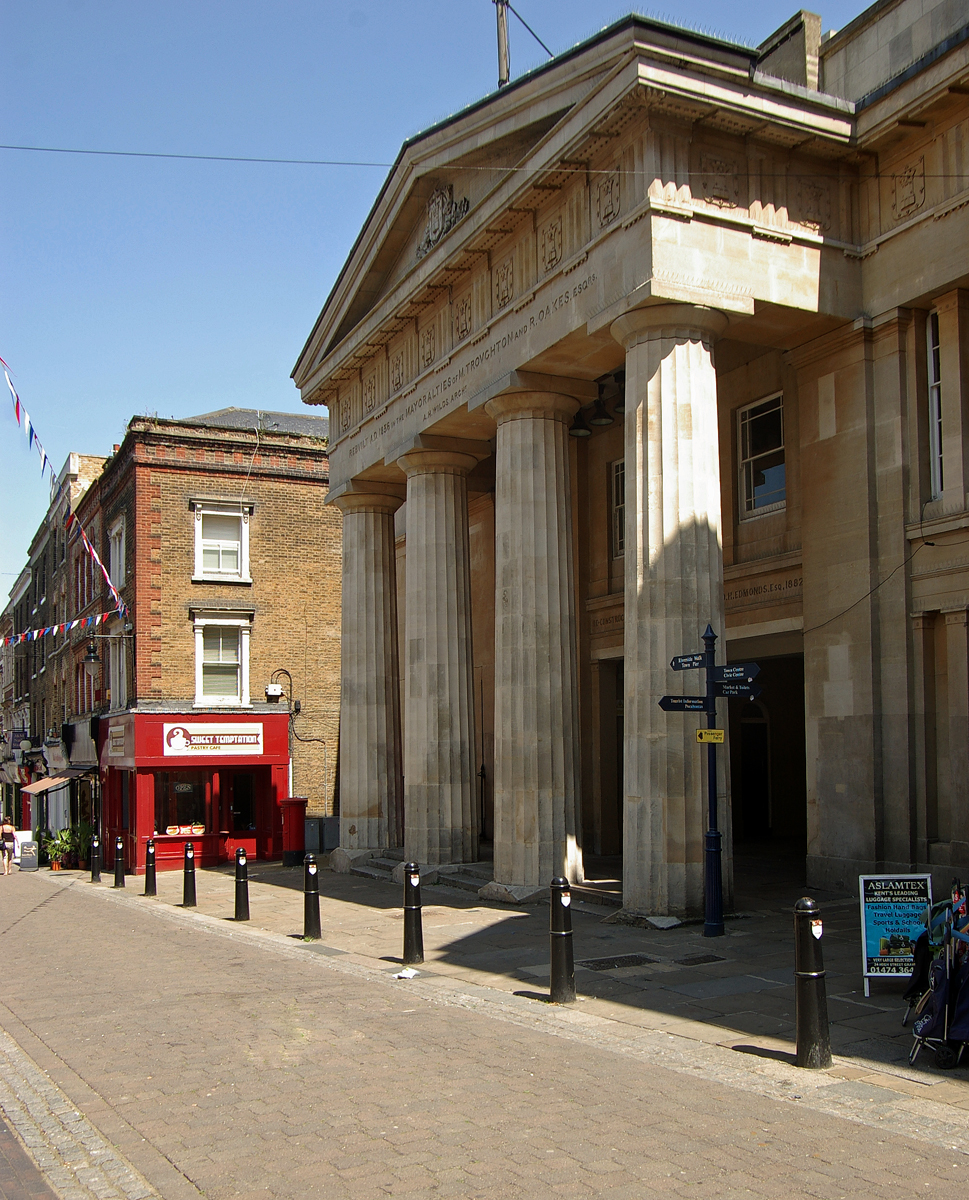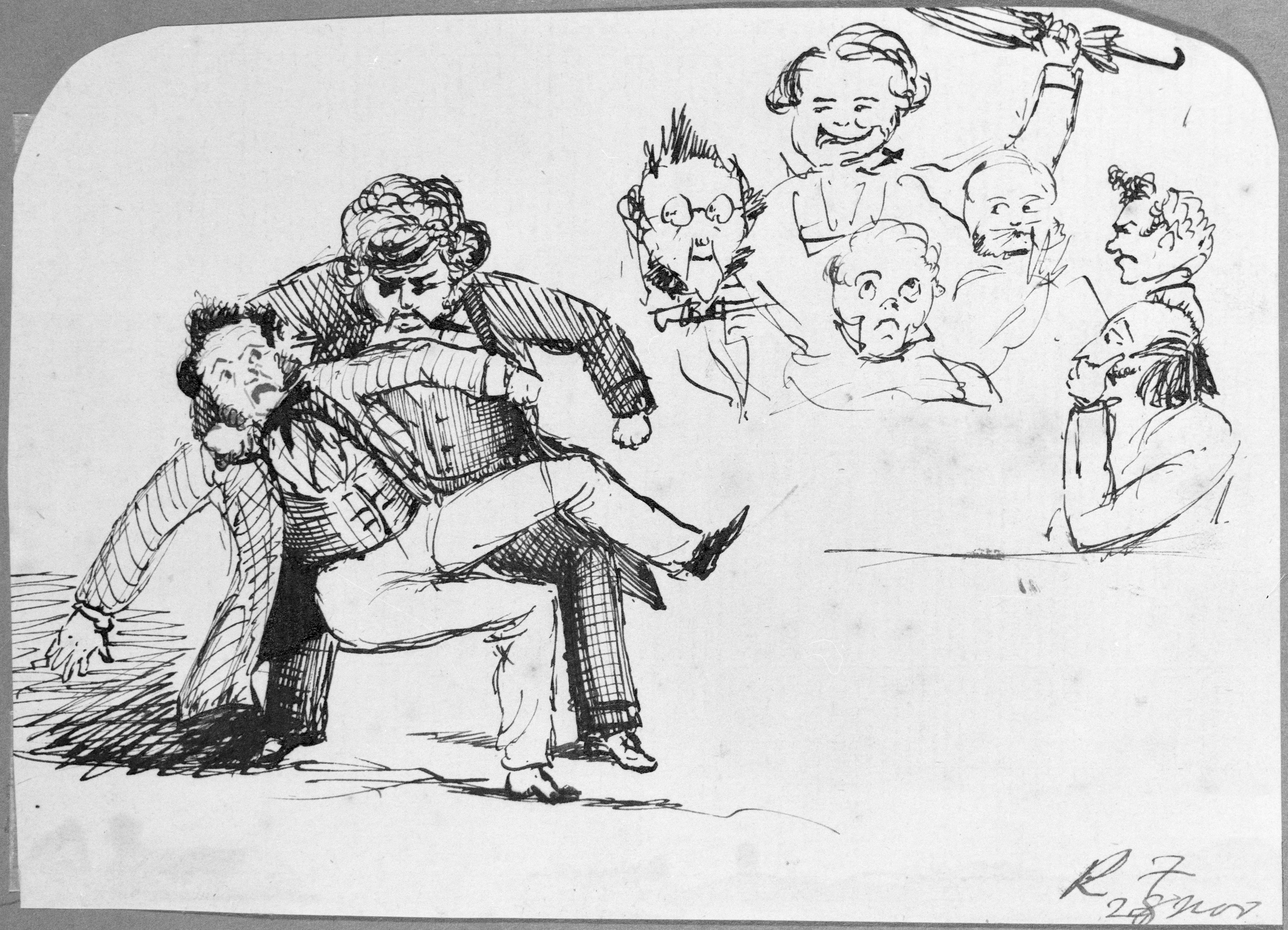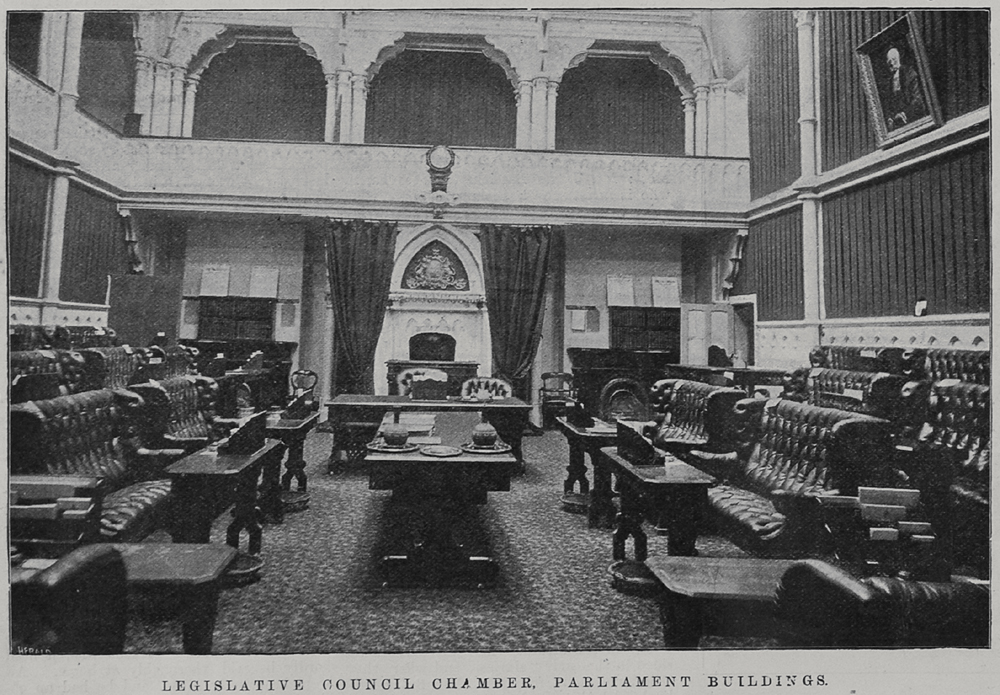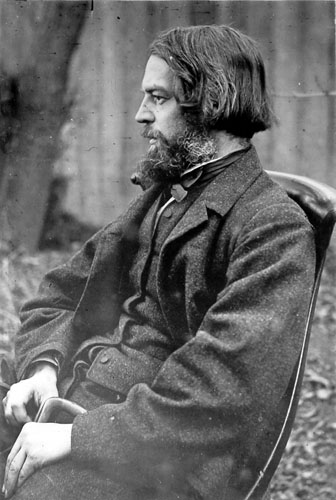|
Charlotte Jane
''Charlotte Jane'' was one of the First Four Ships in 1850 to carry emigrants from England to the new colony of Canterbury in New Zealand. Maiden voyage The ''Charlotte Jane'' departed from England in 1848, bound for Sydney. Captain Alexander Lawrence set sail with his wife, Miriam Lawrence, their baby daughter, a teenage nursemaid, a surgeon and 264 emigrants. After Australia, they sailed to Hong Kong, Singapore, Bombay, Whampoa (Canton), before returning via Cape Town to London. Second voyage: Passage from England to New Zealand Under the command of Captain Alexander Lawrence, the ''Charlotte Jane'' left Plymouth Sound at midnight, Saturday, 7 September 1850. She sighted Stewart Island on Wednesday, 11 December 1850, and dropped her anchor in Port Victoria (Lyttelton Harbour) on Monday, 16 December 1850, at 10 o'clock in the morning. Her passage was 99 days from port to port or 93 days from land to land. She carried 26 chief cabin, 24 intermediate, and 104 steerage passengers ... [...More Info...] [...Related Items...] OR: [Wikipedia] [Google] [Baidu] |
Gravesend
Gravesend is a town in northwest Kent, England, situated 21 miles (35 km) east-southeast of Charing Cross (central London) on the south bank of the River Thames and opposite Tilbury in Essex. Located in the diocese of Rochester, it is the administrative centre of the Borough of Gravesham. Its geographical situation has given Gravesend strategic importance throughout the maritime and communications history of South East England. A Thames Gateway commuter town, it retains strong links with the River Thames, not least through the Port of London Authority Pilot Station and has witnessed rejuvenation since the advent of High Speed 1 rail services via Gravesend railway station. The station was recently refurbished and now has a new bridge. Toponymy Recorded as Gravesham in the Domesday Book of 1086 when it belonged to Odo, Earl of Kent and Bishop of Bayeux, the half-brother of William the Conqueror, its name probably derives from ''graaf-ham'': the home of the reeve or ... [...More Info...] [...Related Items...] OR: [Wikipedia] [Google] [Baidu] |
Cathedral Square, Christchurch
Cathedral Square, locally known simply as the Square, is the geographical centre and heart of Christchurch, New Zealand, where the city's Anglicanism, Anglican cathedral, ChristChurch Cathedral, Christchurch, ChristChurch Cathedral is located. The square stands at the theoretical crossing of the city's two main orthogonal streets, Colombo Street and Worcester Street, Christchurch, Worcester Street, though in practice both have been either blocked off or detoured around the square itself. The cathedral was badly damaged in the February 2011 Christchurch earthquake. Naming The square was originally intended to be called Ridley Square, after the Protestant martyr Nicholas Ridley (martyr), Nicholas Ridley, but in Edward Jollie's 1850 plan of Christchurch Central City, central Christchurch it is clearly marked Cathedral Square. Ridley's co-martyrs and colleague bishops, Thomas Cranmer, Cranmer and Hugh Latimer, Latimer have Squares named after them, not far distant from Cathedral ... [...More Info...] [...Related Items...] OR: [Wikipedia] [Google] [Baidu] |
Harriet Ritchie
Harriet Maria Simpson (née Overton, and later Ritchie, 1821 or '22 – 30 September 1907) was a New Zealand hospital matron, servants’ home matron and dressmaker. Biography Simpson was born to Thomas Overton and his wife (name unknown) in England in about 1821. By the age of 20, she had married blacksmith Joseph Simpson (on Christmas Eve 1839) and had a daughter (Elizabeth, born 1841 or '42). In 1850, the family emigrated to Lyttelton, New Zealand on the '' Charlotte Jane.'' The Simpsons were initially employed by Charles and Georgina Bowen, however they soon left the Bowens and obtained work in the town of Lyttelton as they could earn higher wages there. Simpson became the sole nurse at Lyttelton Hospital in 1856, and Joseph found work in the town. He later travelled to the first Australian gold rush but did not return, and probably died in Victoria. During Simpson's tenure at Lyttelton Hospital, the population of the town increased significantly and the hospital was frequ ... [...More Info...] [...Related Items...] OR: [Wikipedia] [Google] [Baidu] |
Mayor Of Christchurch
The Mayor of Christchurch is the head of the municipal government of Christchurch, New Zealand, and presides over the Christchurch City Council. The mayor is directly elected using a First Past the Post electoral system. The current mayor, Phil Mauger, was elected in the 2022 mayoral election. The current deputy mayor is Pauline Cotter. Christchurch was initially governed by the chairman of the town council. In 1868, the chairman became the city council's first mayor as determined by his fellow city councillors. Since 1875, the mayor is elected by eligible voters and, after an uncontested election, the first election was held in the following year. History Chairmen of the Town Council Christchurch became a city by Royal charter on 31 July 1856; the first in New Zealand. Since 1862, chairmen were in charge of local government. Five chairmen presided in the initial years: Mayors of the City Council The town council held a meeting on 10 June 1868 to elect its first mayor. ... [...More Info...] [...Related Items...] OR: [Wikipedia] [Google] [Baidu] |
Edward Bishop (mayor)
Edward Brenchley Bishop (1811 – 25 April 1887) was the fourth chairman of the Christchurch Town Council, and seven years later the sixth Mayor of Christchurch in 1872–1873. Born in Maidstone, Kent to a wealthy family, his family lived in Belgium during his childhood. He took his father's profession as a distiller and worked in London for 21 years. His sister Susannah emigrated to New Zealand in 1849 and in the following year, many Bishop siblings followed her on the '' Charlotte Jane'', one of the First Four Ships of organised settlement of Canterbury. With his brother Frederick, he had a large farm just south of Christchurch, and the suburb of Somerfield continues to use their farm's name. The brothers were spirit merchants in the city. Bishop was elected onto the town and later city council eight times between 1863 and 1873. In 1866, he served as chairman of the town council during one of the most difficult years the council has ever faced. A ratepayers' revolt nearly ... [...More Info...] [...Related Items...] OR: [Wikipedia] [Google] [Baidu] |
James Temple Fisher
James Temple Fisher (1828 – 3 January 1905) was a 19th-century Member of Parliament from Canterbury, New Zealand. Fisher arrived in New Zealand on the '' Charlotte Jane'', one of the First Four Ships. He represented the Heathcote electorate from 1876 to 1881, when he was defeated. He was Postmaster-General and Commissioner of Telegraphs in the Grey Ministry, from 15 October 1877 to 8 October 1879. He died on 3 January 1905 at his home in south Colombo Street in the Heathcote district. He is buried at Barbadoes Street Cemetery The Barbadoes Street Cemetery is the oldest cemetery in Christchurch, New Zealand. It was set up with three discrete areas for different denominations. Description The cemetery was included in the original survey of Christchurch that was carrie .... References , - 1828 births 1905 deaths Members of the New Zealand House of Representatives People from Christchurch Canterbury Pilgrims Burials at Barbadoes Street Cemetery ... [...More Info...] [...Related Items...] OR: [Wikipedia] [Google] [Baidu] |
1st New Zealand Parliament
The 1st New Zealand Parliament was a term of the Parliament of New Zealand. It opened on 24 May 1854, following New Zealand's first general election (held the previous year). It was dissolved on 15 September 1855 in preparation for that year's election. 37 Members of the House of Representatives (MHRs) represented 24 electorates. Parliamentary sessions The Parliament sat for three sessions: New Zealand had not yet obtained responsible government (that is, the power to manage its own affairs), and so the 1st Parliament did not hold any significant power. The 1st Parliament was held before the creation of either political parties or the office of Premier. There were, however, appointments made to the Executive Council (the formal institution upon which Cabinet is based). From 14 June 1854 to 2 August 1854, there was a four-person cabinet, New Zealand's first ministry, led by James FitzGerald, with Henry Sewell, Frederick Weld, and Thomas Bartley (a fifth member, Dillon ... [...More Info...] [...Related Items...] OR: [Wikipedia] [Google] [Baidu] |
James Stuart-Wortley (New Zealand Politician)
James Frederick Stuart-Wortley JP (16 January 1833 – 27 November 1870) was a politician in New Zealand and the UK. He was New Zealand's inaugural Baby of the House and remains the youngest member of parliament in the country's history; in fact he was too young (at 20 years and 7 months) to even be legally elected. Early life Stuart-Wortley was born in York, UK, in 1833 and was the third son of the 2nd Lord Wharncliffe and his wife, Lady Georgiana Elizabeth Ryder. He was the younger brother of the 1st Earl of Wharncliffe (1827–1899). Charles Stuart-Wortley-Mackenzie and James Stuart-Wortley were his uncles. Dudley Ryder, 1st Earl of Harrowby was his maternal grandfather. Career In 1850 he travelled to New Zealand as a colonist on the '' Charlotte Jane'', one of the First Four Ships sent by the Canterbury Association. In his first year, he lived with other bachelors in Lyttelton— Charles Bowen, Thomas Hanmer, and Charles Maunsell—in a place dubbed "Singleton House" ... [...More Info...] [...Related Items...] OR: [Wikipedia] [Google] [Baidu] |
New Zealand Legislative Council
The New Zealand Legislative Council was the upper house of the General Assembly of New Zealand between 1853 and 1951. An earlier arrangement of legislative councils for the colony and provinces existed from 1841 when New Zealand became a colony; it was reconstituted as the upper house of a bicameral legislature when New Zealand became self-governing in 1852, which came into effect in the following year. Unlike the elected lower house, the House of Representatives, the Legislative Council was wholly appointed by the governor-general. The New Zealand Constitution Act 1852 had authorised the appointment of a minimum of ten councillors. Beginning in the 1890s, the membership of the upper house became controlled by government of the day. As a result, the Legislative Council possessed little influence. While intended as a revising chamber, in practice, debates and votes typically simply replicated those in the lower house. It was abolished by an Act of Parliament in 1950, with ... [...More Info...] [...Related Items...] OR: [Wikipedia] [Google] [Baidu] |
Charles Bowen (New Zealand Politician)
Sir Charles Christopher Bowen (29 August 1830 – 12 December 1917) was a New Zealand politician. Life Bowen was born in County Mayo, Ireland and studied law for two years at Cambridge University. At the age of 20 he emigrated with his parents on one of the First Four Ships, the '' Charlotte Jane'', to the Canterbury settlement. His law training led to a position as private secretary to John Robert Godley, founder of the Canterbury colony. He was in charge of the police force, and, together with Crosbie Ward, became a part-owner of the ''Lyttelton Times'' newspaper. In 1859, Bowen traversed the Andes on with Clements Markham, and 16 July 1861, he married his sister Georgina Elizabeth Markham. The same year he dedicated a volume of poetry, ''Poems'', to "my fellow colonists, the first settlers of Canterbury, New Zealand.". The high quality of the edition is proof that "good craftsmen migrated along with the gentlemen-colonists". Following their return to Christchurch, Bowen ... [...More Info...] [...Related Items...] OR: [Wikipedia] [Google] [Baidu] |
The Encyclopedia Of New Zealand
''Te Ara: The Encyclopedia of New Zealand'' is an online encyclopedia established in 2001 by the New Zealand Government's Ministry for Culture and Heritage. The web-based content was developed in stages over the next several years; the first sections were published in 2005, and the last in 2014 marking its completion. ''Te Ara'' means "the pathway" in the Māori language, and contains over three million words in articles from over 450 authors. Over 30,000 images and video clips are included from thousands of contributors. History New Zealand's first recognisable encyclopedia was ''The Cyclopedia of New Zealand'', a commercial venture compiled and published between 1897 and 1908 in which businesses or people usually paid to be covered. In 1966 the New Zealand Government published ''An Encyclopaedia of New Zealand'', its first official encyclopedia, in three volumes. Although now superseded by ''Te Ara'', its historical importance led to its inclusion as a separate digital reso ... [...More Info...] [...Related Items...] OR: [Wikipedia] [Google] [Baidu] |
Benjamin Mountfort
Benjamin Woolfield Mountfort (13 March 1825 – 15 March 1898) was an English emigrant to New Zealand, where he became one of the country's most prominent 19th-century architects. He was instrumental in shaping the city of Christchurch's unique architectural identity and culture, and was appointed the first official Provincial Architect of the developing province of Canterbury. Heavily influenced by the Anglo-Catholic philosophy behind early Victorian architecture, he is credited with importing the Gothic revival style to New Zealand. His Gothic designs constructed in both wood and stone in the province are considered unique to New Zealand. Today, he is considered the founding architect of the province of Canterbury. Early life Mountfort was born in Birmingham, an industrial town in the Midlands of England. He was the son of perfume manufacturer and jeweller Thomas Mountfort and his wife Susanna (née Woolfield). As a young adult he moved to London, where he was an early pupil o ... [...More Info...] [...Related Items...] OR: [Wikipedia] [Google] [Baidu] |








